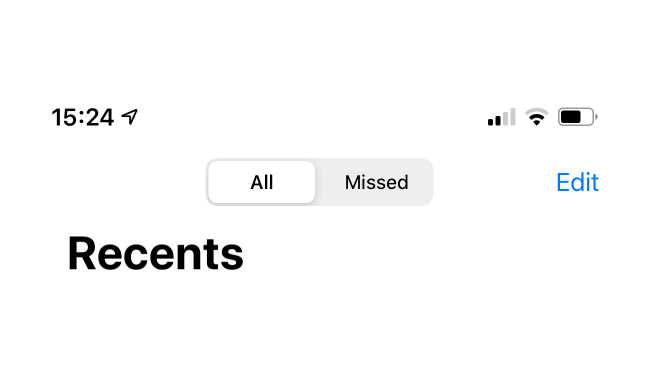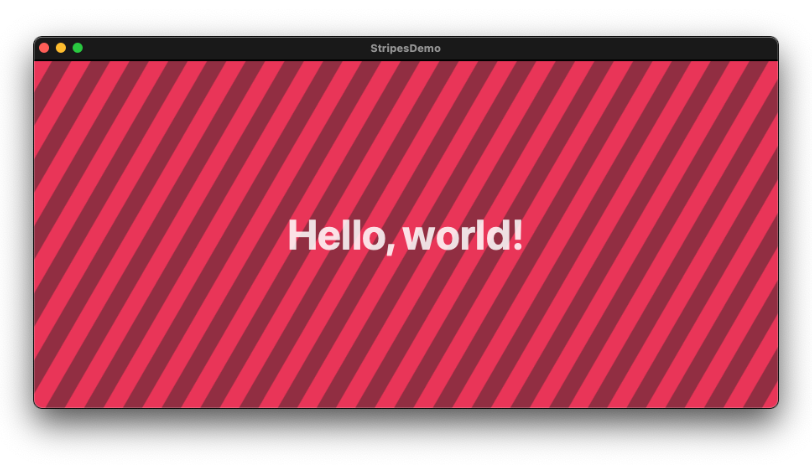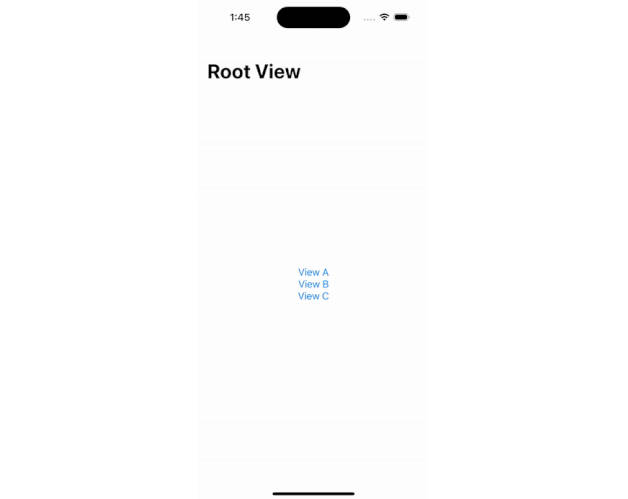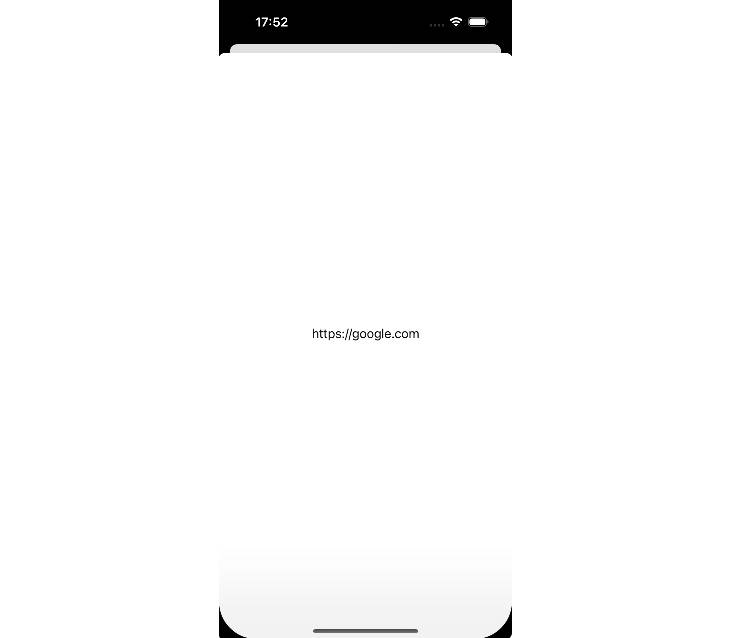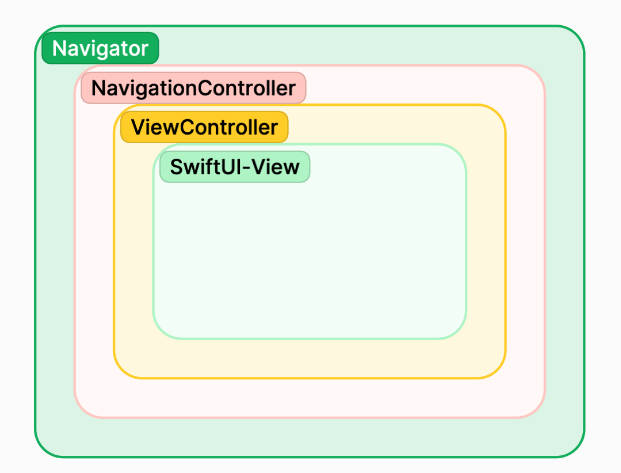NavigationTitle
Package that lets a navigationTitle and a ToolbarItemPlacement.principal work together
Make your dreams come true!
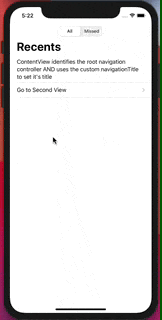
Installation
Another Swift package
Add to your Package.swift file
let package = Package(
...
dependencies = [
.package(url: "https://github.com/amonshiz/NavigationTitle.git", Package.Dependency.Requirement.branch("main")),
...
],
targets = [
.target(
name: "YourTarget",
dependencies: ["NavigationTitle", …],
...),
...
]
)
Add to an app
- File -> Swift Packages -> Add Package Dependency ...
https://github.com/amonshiz/NavigationTitle.git- Track the
mainbranch (I make no promises on keeping tags up to date)
Usage
import SwiftUI
import NavigationTitle
struct ContentView: View {
@Namespace var aNamespace // required
var body: some View {
NavigationView {
// Does not need to be a list, but this is does demonstrate the `.large`
// style title behaviors best
List {
Text("Hello, world").padding()
}
// Used in the same place the usual `.navigationTitle(_)` or
// `.navigationBarTitle(_)` would be used
.navigationTitle("A Great Title", within: aNamespace)
}
// Should be used *on* the navigation stack to track
.rootNavigationBarIdentified(within: aNamespace)
}
}
Notes
- It is best practice to place the
.navigationTitle(_:within:)as close to the top level of each view as possible. Ideally it is applied to the view that is a direct child ofNavigationView. - It is best practice to use separate
Viewtypes as thedestinationfor aNavigationLinkas opposed to defining the destination inline. This ensures that the order of evaluating theView.bodyproperty matches the order that they will be displayed. - You can mix and match the system
.navigationTitle()with this, it has been tested but there may be edges cases. If so please submit an Issue!
Problem
In SwiftUI there is the convenient toolbar and toolbarItem APIs that allow
the developer to add content to toolbars and navigation bars easily and to
define the semantics of where that content should appear within the bar.
Additionally, SwiftUI makes it extremely easy to change the navigation title
display mode with navigationBarTitleDisplayMode. However, there is at least
one conflict between the display mode and toolbar item API: with a large or
automatic display mode any content put in the principal placement will not
be displayed at all.
The use case is something like the "Recents" tab in the Phone.app UI.

Solution
Use UIViewConrollerRepresentable to hook directly into the underlying UIKit
objects and insert the desired text into the view controller and its attendant
navigationItem. In this case the package is replacing the
UINavigationControllerDelegate instance in the "root" navigation controller
with an internal implementation that sets the title on any pushed view
controller that doesn't already have a title and it's navigationItem. This
internal delegate also maintains a weak reference to any existing delegate
and will forward all messages along to it as necessary.
Issues
- Does not work with AppKit or watchOS yet
- There is a bug in SwiftUI that causes an
[Assert]to fire after pushing two views onto a navigation stack (feedback documented here) so just know that isn't caused by this!
